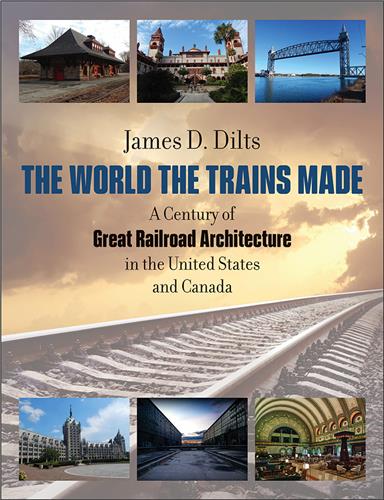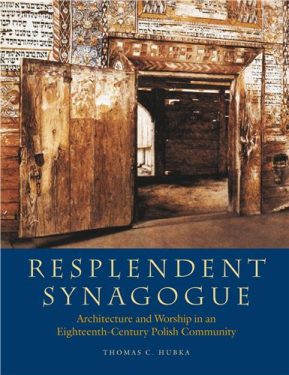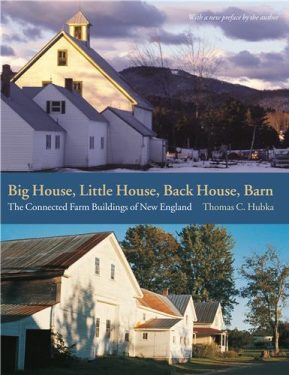The World the Trains Made presents one hundred specimens of railroad architecture, from terminals and trestles to roundhouses and workers’ tenements. The photographs are splendid and so is the writing; Dilts may have set out to write an informative history but he has given us something even better, a poignant and unforgettable love letter to the train station.









